The Birdland area is located north of downtown Des Moines, within the boundaries of the Union Park Neighborhood. The area sustained significant flooding during the floods of 1993 and 2008, but the 2008 flooding proved especially catastrophic, with water from the Des Moines River breaching the levee and swallowing homes in up to six feet of water.
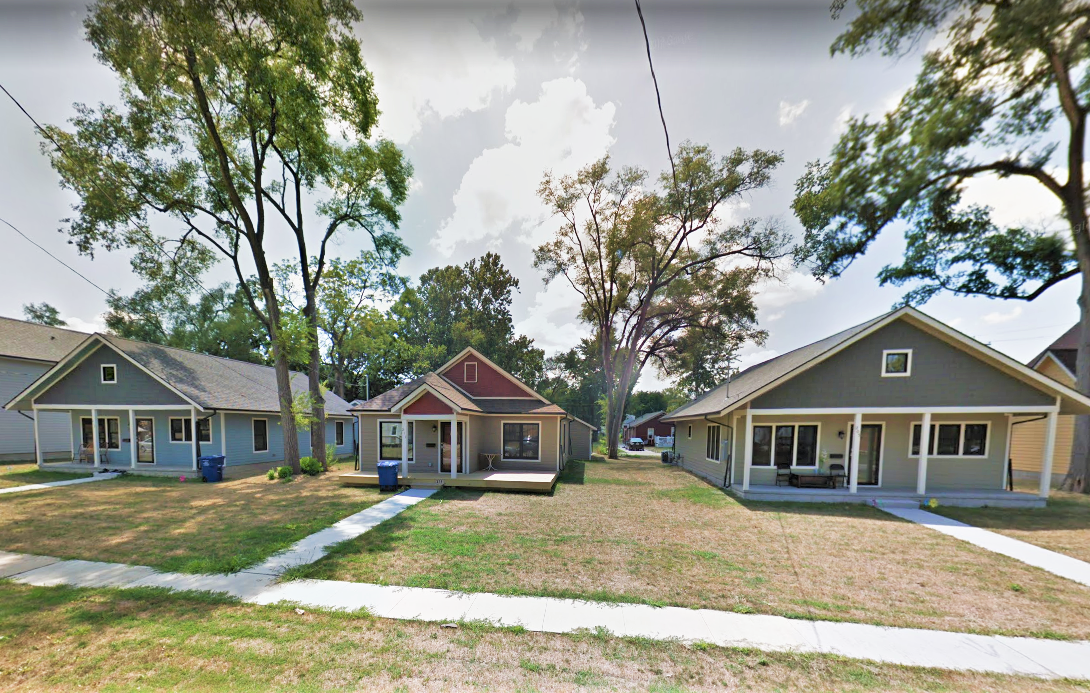
New homes built by Habitat for Humanity in Birdland
From flooded to afloat
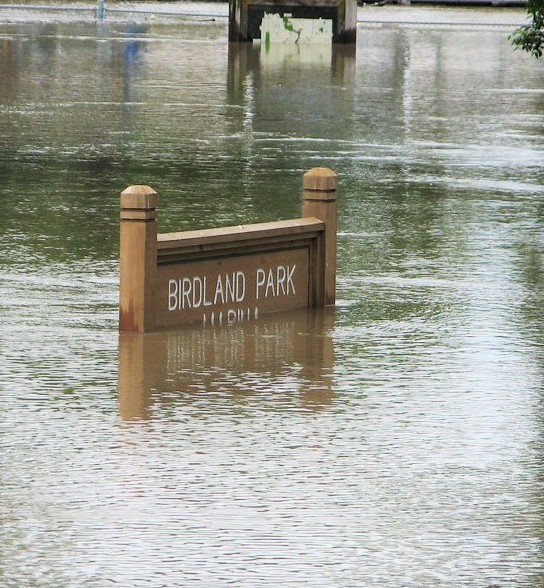
A number of voluntary buyouts occurred following the floods. These properties were then demolished, leaving a number of vacant lots scattered throughout the study area. The property conditions in Birdland have varied greatly, with a number of well-kept homes intermixed with properties that are in diverse states of disrepair. For a long time, locals wondered if their neighborhood would ever bounce back. It finally did.
In November of 2011, the Army Corp of Engineers stepped in and rebuilt the levee to bring the flood protection for this area up to current standards. In addition, the Union Park Neighborhood Association set forth to create a comprehensive plan to establish a vision and process to revitalize the Birdland Area and to coordinate and prioritize future improvement efforts in the area.
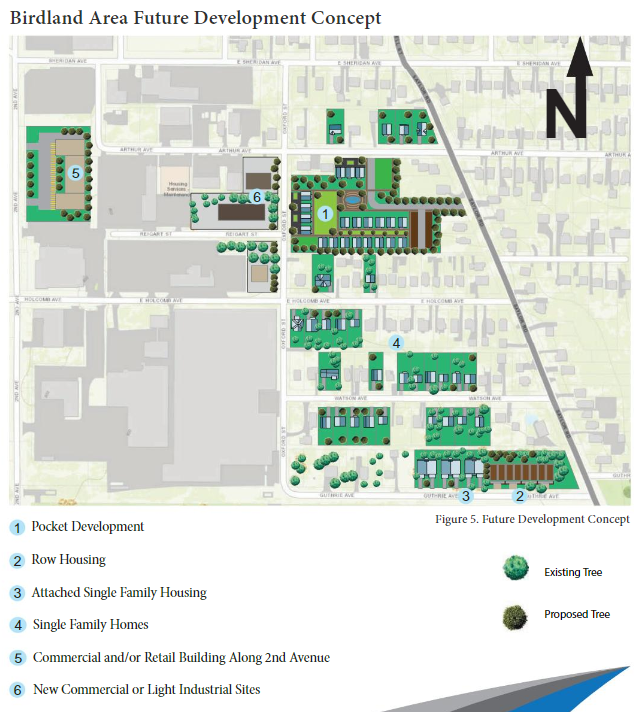
To get this process started, the association issued a letter to the City of Des Moines requesting a comprehensive development plan. This task was then turned over to the Area Parks Foundation to organize and manage. Working in conjunction with the City of Des Moines, the Parks Area Foundation and the Union Park Neighborhood Association, MSA collected input from a diverse and engaged public and stakeholders. The resulting plan outlined the participants’ vision for the future of the area. It also included an inventory of infill sites, a development concept, street level infrastructure analysis and an action plan for implementation.
Pocket-size revitalization
On January 12, 2015, the Des Moines City Council approved the Birdland Area Redevelopment Plan and directed the Community Development Director to send an RFP to developers to acquire and develop City-owned, vacant lots in the Birdland neighborhood. The area has been in a state of steady revitalization ever since.
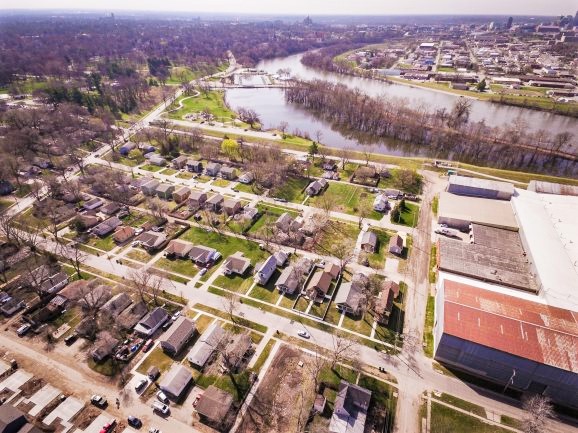
One of the unique components of the plan was a pocket development concept. By definition, a pocket development consists of a small cluster of neighboring houses that share a common green space, generally in the ‘pocket’—or heart—of the development. They are designed to create a closer sense of community and a collective identity. A neighborhood within a neighborhood. In these spaces, residents can more easily connect and form relationships. In their courtyard or green space, they can gather for celebrations or recreation together. The green spaces are also appreciated for providing safe, traffic-free zones for kids to play in.
The pocket development in Birdland is being built by the Greater Des Moines Habitat for Humanity, who have been diligently at work since the plan’s adoption. To date, they have added 34 homes (33 new construction and one renovation) in and around Birdland, each with their own unique identity and aesthetic, all affordably priced to attract new individuals and families to the area. Repairs to more than 50 owner-occupied homes have also occurred, further solidifying the notion that this time – Birdland is here to stay.
Affordable, community-supported housing
Residents and visitors are witnessing a resurgence of energy to the area. This project is a great testament to the success of a committed community planning effort. The City of Des Moines and its partner organizations set forth to revitalize the floundering area, voted to implement a redevelopment plan and then entrusted the plan with the follow-through efforts of the private sector. The beneficiaries? Over two dozen families who will now have a new home, and who will enjoy affordable home ownership within a solid, sustainable neighborhood for decades to come.
The Des Moines Birdland Area Redevelopment Plan was awarded the Iowa American Planning Association (APA) Grassroots Initiative Award in 2015.
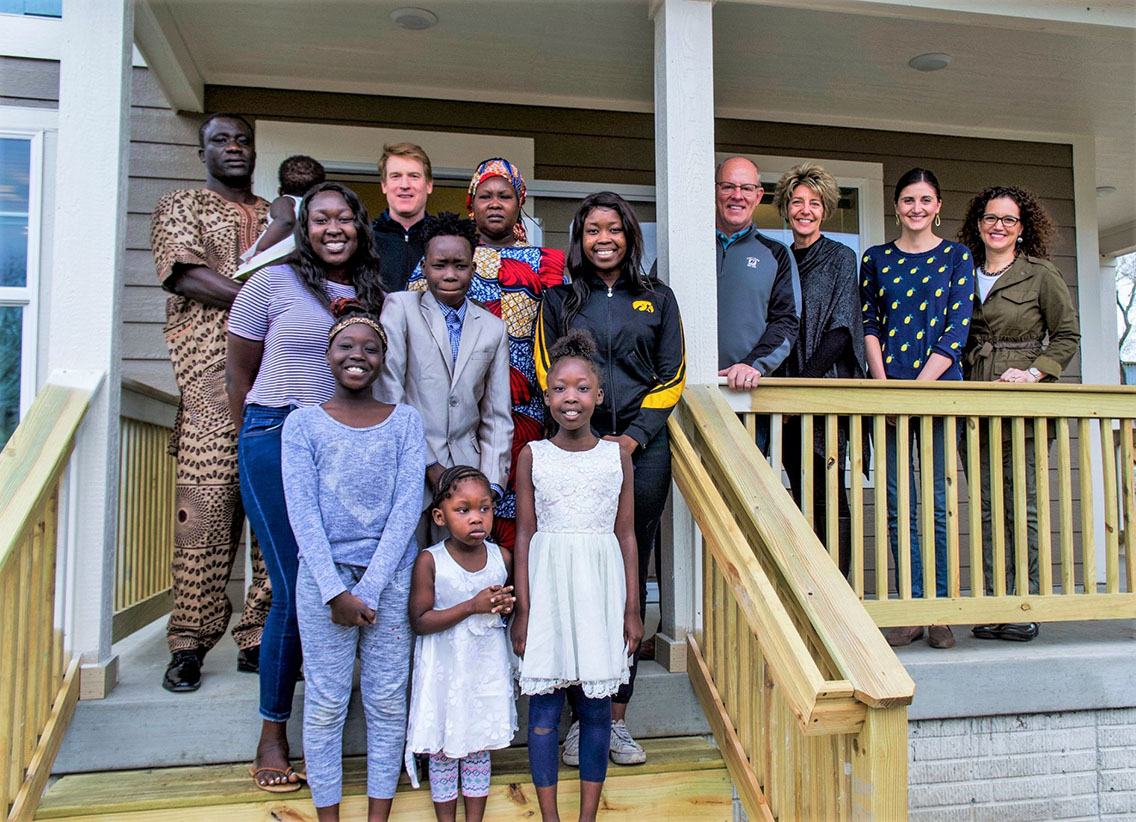
Family of new Birdland homeowners – photo courtesy of the Greater Des Moines Habitat for Humanity
